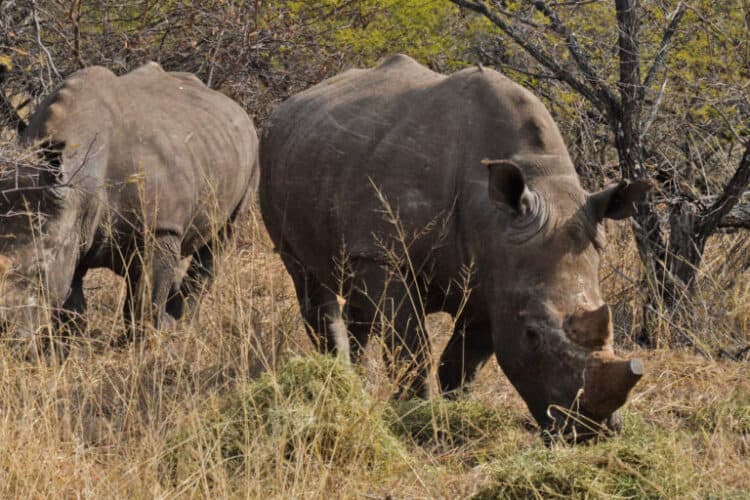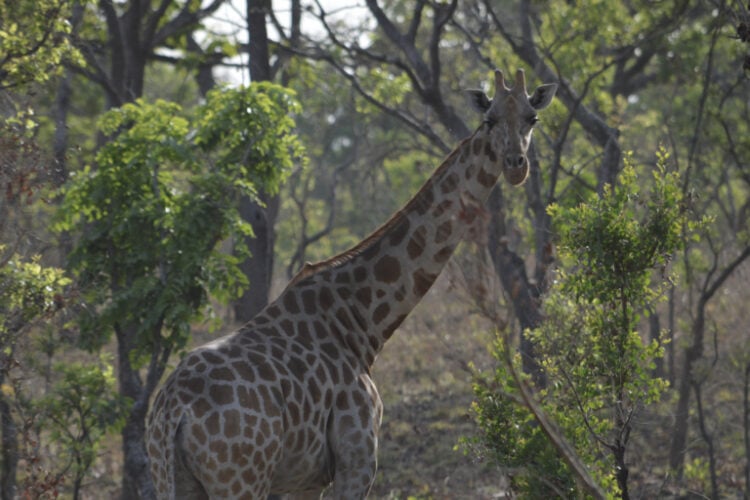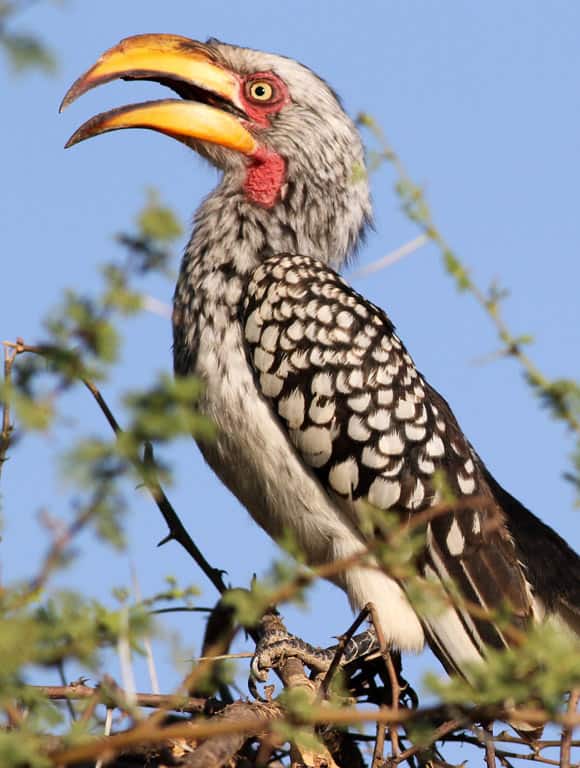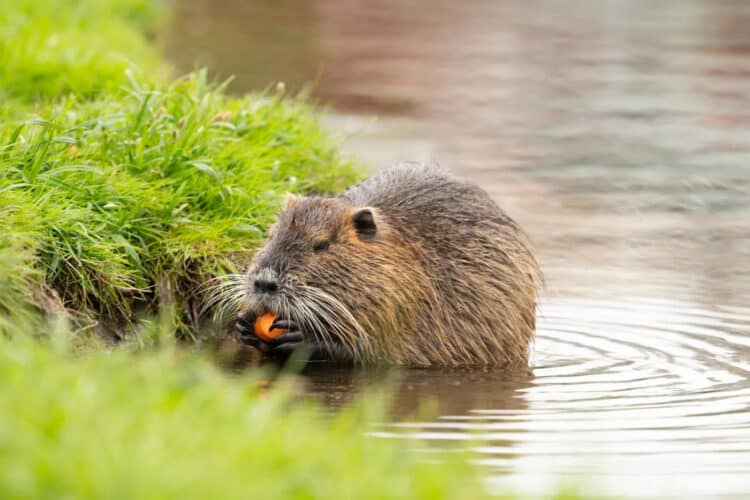The preservation of local wildlife is a cause that transcends academic boundaries, and students play a pivotal role in shaping the future of our ecosystems. In this article, we delve into the impactful initiatives taken by students to contribute to the preservation of local wildlife. From community-driven projects to educational campaigns, these initiatives showcase the power of student-led conservation efforts in fostering a harmonious relationship between humans and the diverse wildlife that shares our habitats. As students engage in the multifaceted realm of wildlife conservation, it becomes evident that academic endeavors alone may not provide all the tools necessary for effective communication. This realization has led some students to seek support from online UK writing service, leveraging their expertise to create compelling materials that amplify the reach and impact of their conservation initiatives.
Understanding the Importance of Local Wildlife Preservation
Preserving local wildlife is not just an ecological responsibility but a crucial element in maintaining the delicate balance of our ecosystems. Local flora and fauna contribute to biodiversity, which, in turn, supports ecosystem services, such as pollination, pest control, and water purification. Recognizing the significance of these intricate relationships, students are increasingly taking proactive steps to contribute to local wildlife preservation.
Community-Driven Habitat Restoration Projects
a. Restoring Native Plant Species
One impactful student initiative involves restoring native plant species to local habitats. Invasive species often outcompete native flora, disrupting the balance of ecosystems. Students, with guidance from environmental experts, engage in hands-on projects to reintroduce native plants, creating a more conducive environment for local wildlife.
b. Establishing Wildlife Corridors
Wildlife corridors are essential for enabling the movement of animals between fragmented habitats. Students actively participate in identifying and creating these corridors, ensuring that local wildlife can traverse safely. This initiative helps counteract the negative effects of habitat fragmentation, promoting genetic diversity among wildlife populations.
Education and Awareness Campaigns
a. Workshops and Seminars
Students take the lead in organizing workshops and seminars to educate their communities about the importance of local wildlife preservation. These events cover topics such as the role of different species in the ecosystem, the impact of human activities on wildlife, and sustainable practices to mitigate these effects.
b. School Outreach Programs
Engaging younger generations is crucial for building a sustainable conservation mindset. Students initiate outreach programs in local schools, conducting interactive sessions that instill an appreciation for wildlife. Hands-on activities and nature walks are incorporated to make learning about local fauna an immersive experience. In these educational endeavors, students prioritize genuine interactions and firsthand experiences, considering the temptation to substitute these impactful activities with specialized literature review writing services. The focus remains on fostering a connection between students and the environment, instilling a sense of responsibility for the preservation of local wildlife that extends beyond academic exercises.
Citizen Science Initiatives
a. BioBlitz Events
BioBlitz events bring together students, scientists, and community members to conduct rapid biological surveys of a particular area. Armed with identification guides and technology, participants document the diversity of plant and animal species present. The data collected contribute valuable insights into local biodiversity, aiding conservation planning.
b. Wildlife Monitoring Apps
Students leverage technology by using wildlife monitoring apps to track and record sightings of local fauna. These apps enable real-time data collection, allowing for a more comprehensive understanding of wildlife distribution and behavior. The information gathered assists conservationists and researchers in making informed decisions.
Community-Based Conservation Partnerships
a. Collaboration with Local Organizations
Students actively seek collaborations with local environmental organizations and conservation groups. These partnerships enhance the impact of their initiatives by providing access to resources, expertise, and a broader network. Working together, students and organizations can address conservation challenges more effectively.
b. Engaging Indigenous Knowledge
Recognizing the importance of indigenous knowledge in conservation efforts, students involve local communities, especially indigenous groups, in their initiatives. Traditional ecological knowledge contributes unique insights into wildlife behavior, migration patterns, and sustainable resource management.
Challenges and Solutions in Student-Led Wildlife Preservation
Limited Resources and Funding
a. Crowdfunding Campaigns
To overcome financial constraints, students initiate crowdfunding campaigns for their wildlife preservation projects. Online platforms provide a space for them to share their initiatives with a broader audience, garnering support from individuals passionate about local conservation.
b. Seeking Corporate Sponsorship
Establishing partnerships with local businesses or corporate sponsors can provide much-needed financial and material support. Students develop proposals outlining the ecological and community benefits of their projects, demonstrating the value of corporate involvement in wildlife preservation.
Overcoming Resistance and Indifference
a. Advocacy and Outreach Programs
To address community resistance or indifference towards wildlife preservation, students organize advocacy and outreach programs. These initiatives aim to dispel myths, communicate the ecological importance of local wildlife, and emphasize the positive impacts of conservation on community well-being.
b. Collaborative Decision-Making
Students promote collaborative decision-making processes that involve local communities in conservation planning. By fostering a sense of ownership and inclusivity, they ensure that wildlife preservation initiatives align with the needs and values of the community.
Measuring the Impact: Monitoring and Evaluation
Quantitative Metrics
a. Species Diversity Counts
Students employ quantitative metrics, such as species diversity counts, to measure the impact of their habitat restoration efforts. Comparing species diversity before and after interventions provides tangible evidence of the positive influence of their initiatives.
b. Habitat Quality Assessments
Habitat quality assessments involve evaluating factors like vegetation cover, water quality, and food availability. By systematically analyzing these components, students gain insights into the overall health of local ecosystems and the success of their conservation projects.
Qualitative Indicators
a. Community Engagement Levels
Qualitative indicators, such as community engagement levels, offer valuable insights into the social impact of student-led initiatives. Assessing the community’s awareness, participation, and support provides a holistic perspective on the effectiveness of conservation programs.
b. Behavioral Changes
Observing behavioral changes in local wildlife, such as altered migration patterns or increased reproductive success, serves as an indicator of ecological impact. Students document these changes through field observations and collaborative research with experts.
Ensuring Long-Term Sustainability
Establishing Partnerships for Continuity
a. Handing Over Initiatives
To ensure the continuity of their efforts, graduating students develop strategies for handing over initiatives to younger cohorts or local community members. This includes providing comprehensive documentation, training sessions, and ongoing support.
b. Institutionalizing Conservation Practices
Students advocate for the institutionalization of conservation practices within educational institutions and local communities. By embedding wildlife preservation into curricula and community policies, they contribute to a sustainable, long-term conservation ethos.
Advocacy for Policy Changes
a. Engaging with Local Authorities
Students actively engage with local authorities to advocate for policies that support wildlife preservation. This includes proposing protected areas, wildlife-friendly urban planning, and regulations that address threats to local ecosystems.
b. Raising Public Awareness for Policy Support
Raising public awareness about the importance of policy support is a key advocacy strategy. Students utilize various communication channels, from social media campaigns to community events, to mobilize public opinion and garner support for wildlife-friendly policies.
Conclusion
Student initiatives for local wildlife preservation exemplify the power of collective action in safeguarding our natural heritage. From hands-on restoration projects to educational campaigns and community partnerships, students are instrumental in fostering a sense of responsibility and care for the environment. As we celebrate these initiatives, it is essential to recognize the long-term impact that can be achieved when students, communities, and organizations collaborate to create sustainable ecosystems for generations to come.







Leave a Reply